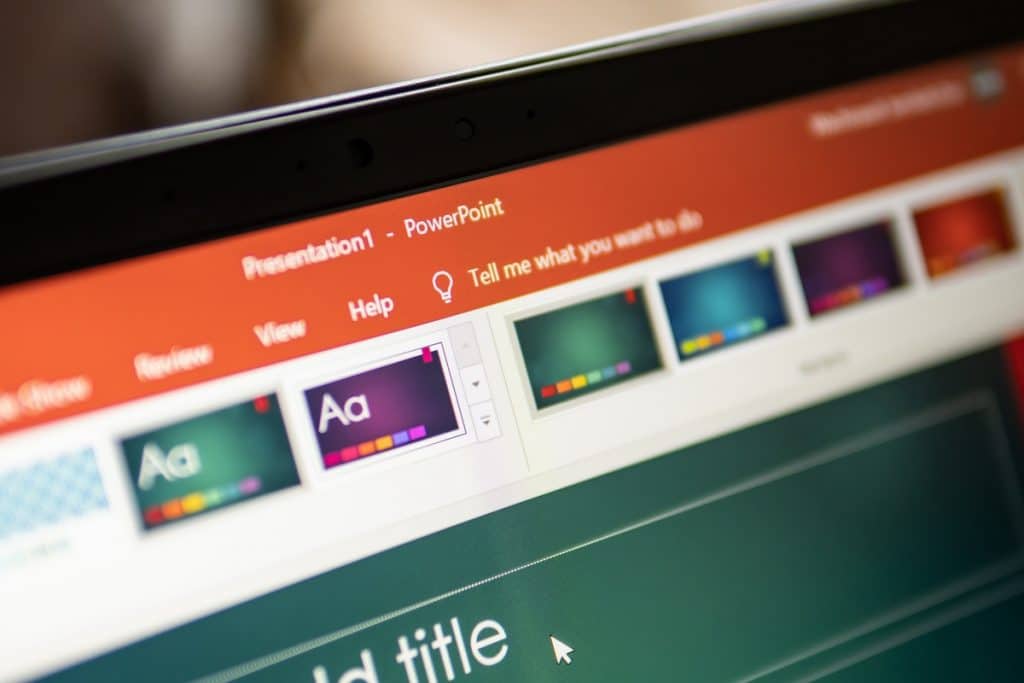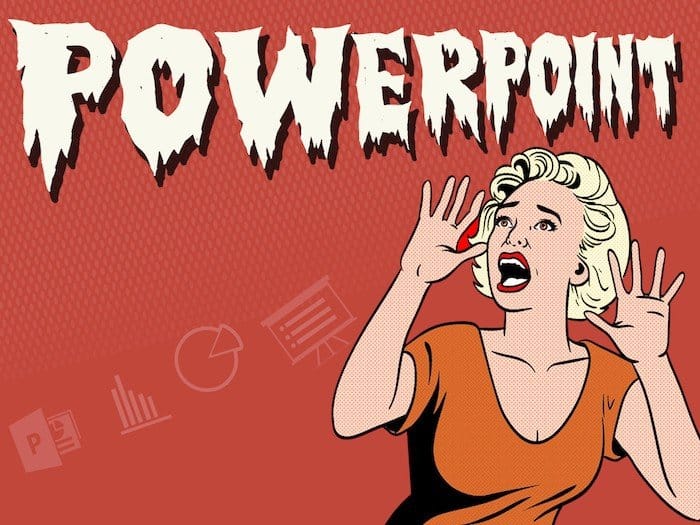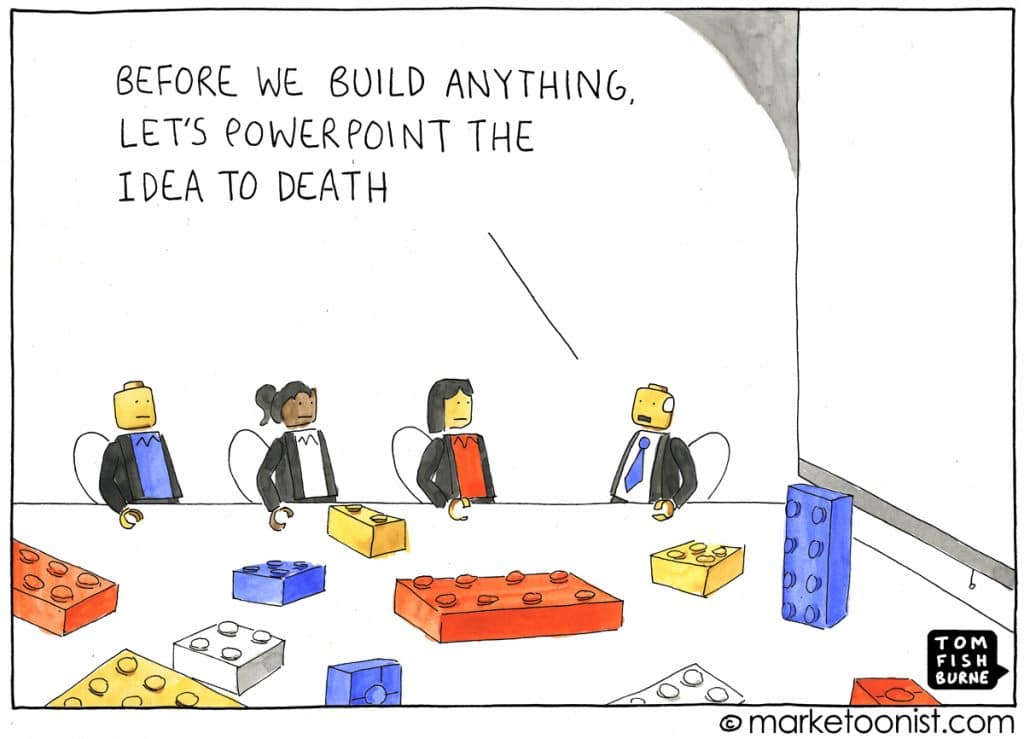However, the widespread use of PowerPoint has resulted in a scenario in which audiences have become weary of the program. People may spend a lot of time tailoring the visual style of their presentations to make them appear original, but it’s usually easy to detect that they were created in PowerPoint.
Why PowerPoint Still Lives
If just for the sheer number of individuals who use it, the simplest response is that it is still very much healthy and full of life. About 500 million people are estimated to have PowerPoint installed on their computers and use it at least once a month. In addition, its widespread use ensures that it won’t be extinct very soon. There would be many holdouts even if a competing interface came out and quickly gained widespread adoption. Moreover, PowerPoint is well regarded for its intuitive interface. The program is so intuitive that even someone who has never used it before can get a presentation up and running with no fuss. The issue is that PowerPoint lacks any real advantages outside its widespread use and ease of access. It was developed and launched during a different era in the industry, and now that we’re beyond the heyday of online marketing and accustomed to getting straight to the issue, it doesn’t serve much of a purpose.
Why PowerPoint Is Dead
The main issue with PowerPoint is how hard it is to create a professional-looking presentation. That’s why Adobe InDesign and similar programs are so popular among design firms. They have much more leeway in terms of how their slideshows appear and sound, much as Adobe PhotoShop has over Microsoft Paint. Moreover, there are other applications available, like Prezi, that are intended to question the whole concept of utilizing slides. By using animation and transitions, Prezi allows for more interesting slideshows to be made, without the risk of being taken across as corny or old, as is often the case with PowerPoint. Have You Read: Best Substitutes For TeamViewer And AnyDesk It’s possible that slides are unnecessary. When done well, they may be an effective means of reaching your target audience with your message. However, all too frequently, they are used as a poor substitute for a proper report. PowerPoint is used by some to make presentations that may be shared digitally, in hard copy or both. Although these sorts of presentations are similar to documented reports, it is usually recommended to do one presentation as well as one detailed report if you wish to get the most out of your speaking tour rather than attempting to save time by doing both at once.
It appears, however, that PowerPoint will remain in use for a long time to come. The good news is that this is your chance to really stay ahead of the curve and make an impression with your presentations. If you want to break out from the throng, try using a different presenting tool or perhaps skipping them completely.


